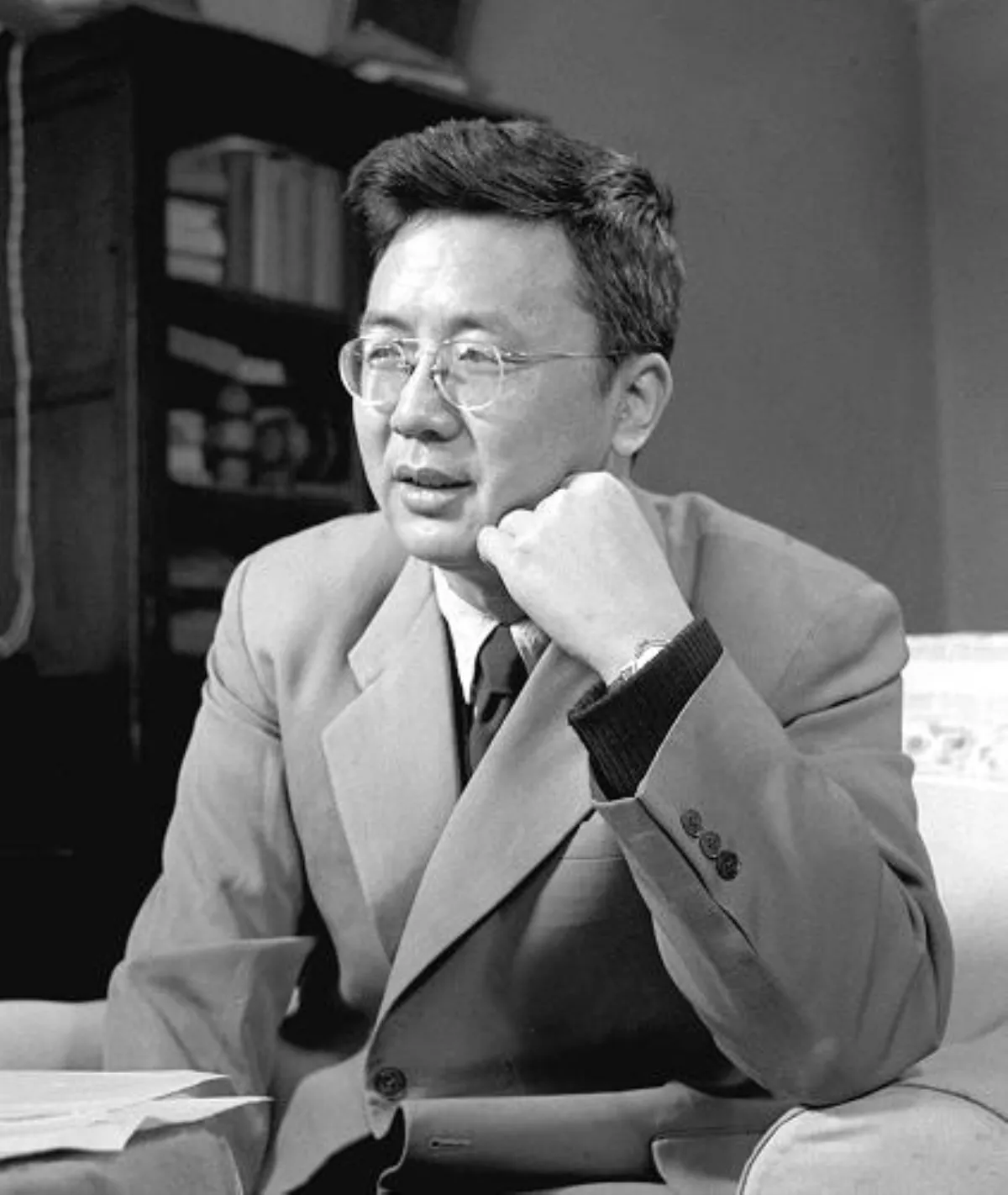 1.
1. Hua Luogeng or Hua Loo-Keng was a Chinese mathematician and politician famous for his important contributions to number theory and for his role as the leader of mathematics research and education in the People's Republic of China.

 1.
1. Hua Luogeng or Hua Loo-Keng was a Chinese mathematician and politician famous for his important contributions to number theory and for his role as the leader of mathematics research and education in the People's Republic of China.
Hua Luogeng was largely responsible for identifying and nurturing the renowned mathematician Chen Jingrun who proved Chen's theorem, the best known result on the Goldbach conjecture.
Hua Luogeng was elected a foreign associate of the US National Academy of Sciences in 1982.
Hua Luogeng was elected a member of the standing Committee of the first to sixth National people's Congress, Vice-chairman of the sixth National Committee of the Chinese People's Political Consultative Conference and vice-chairman of the China Democratic League.
Hua Luogeng was born in Jintan, Jiangsu on 12 November 1910.
Hua Luogeng met a capable math teacher in middle school who recognized his talent early and encouraged him to read advanced texts.
In 1929, Hua Luogeng contracted typhoid fever and was in bed for half a year.
The culmination of Hua Luogeng's illness resulted in the partial paralysis of his left leg, which impeded his movement quite severely for the rest of his life.
Xiong Qinglai at Tsinghua University in Beijing, and in 1931 Hua Luogeng was invited, despite his lack of formal qualification and not without some reservations on the part of several faculty members, to join the mathematics department there.
At Tsinghua, Hua Luogeng began as a clerk in the library, and then moved to become an assistant in mathematics.
Hua Luogeng produced seminal work on Waring's problem, which would establish his reputation within the international math community.
In 1938, after the full outbreak of the Second Sino-Japanese War, Hua Luogeng chose to return to China to Tsinghua, where he was appointed full professor despite not having any degree.
In spite of the hardships of poverty, enemy bombings, and relative academic isolation from the rest of the world, Hua Luogeng continued to produce first-rate mathematics.
Hua Luogeng wrote up this work in a booklet titled Additive Theory of Prime Numbers that was accepted for publication in Russia as early as 1940, but owing to the war, did not appear in expanded form until 1947 as a monograph of the Steklov Institute.
At Princeton, Hua Luogeng worked on matrix theory, functions of several complex variables, and group theory.
In October 1949, the People's Republic of China was established, and Hua Luogeng, wanting to be part of a new epoch, decided to return to China with his wife and kids, despite having settled comfortably in the United States.
Back in China, Hua Luogeng threw himself into educational reform and the organization of mathematical activity at the graduate level, in the schools, and among workers in the burgeoning industry.
Outside of pure math, Hua Luogeng first proposed in 1952 the development of China's electronic computer, and in early 1953, an initial research team for this project was formed under Hua Luogeng's leadership by the Mathematical Institute of the Chinese Academy of Sciences.
Hua Luogeng developed, with Wang Yuan, a broad interest in linear programming, operations research, and multidimensional numerical integration.
Hua Luogeng had a commanding presence, a genial personality, and a wonderful way of putting things simply, and the impact of his travels spread his fame and the popularity of mathematics across the land.
In 1980 Hua Luogeng became a cultural ambassador of China charged with re-establishing links with Western academics, and during the next five years he travelled extensively in Europe, the United States, and Japan.
Hua Luogeng died of a heart attack at the end of a lecture he gave in Tokyo on 12 June 1985.